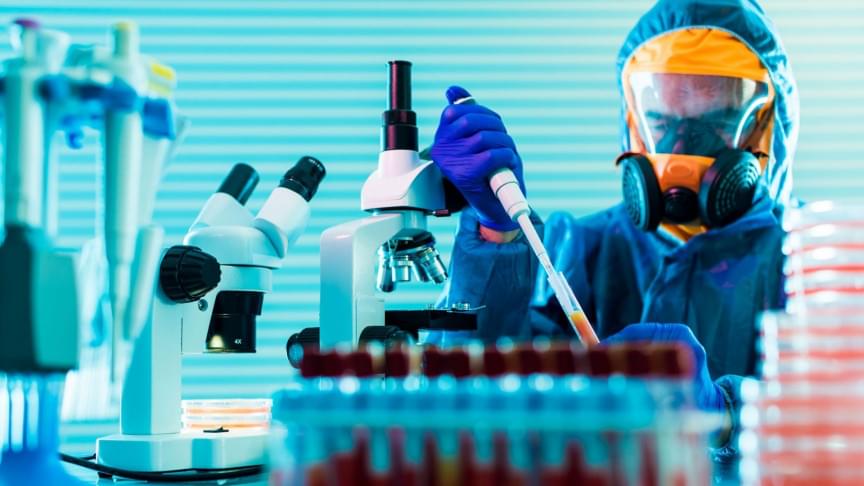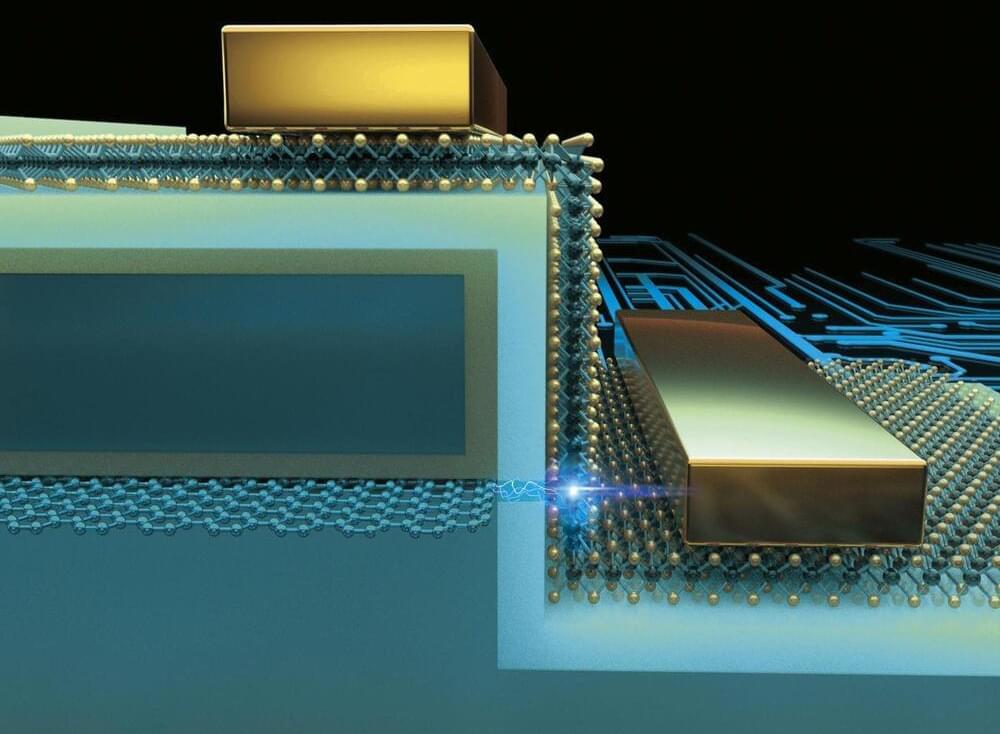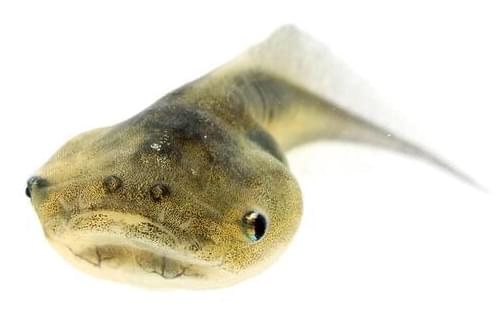
Get the latest international news and world events from around the world.


The Metaverse is seeing a surge in real estate prices. Don’t panic
Is Metaverse a boom or a bubble?
There is hardly a day that goes by without a mention of the metaverse. Since Facebook’s brand name changed to Meta, the word has really caught on and everybody wants to be a part of it.
Mark Zuckerberg may have drawn the world’s attention to the metaverse but the digital world has been on the rise for quite some time. Minecraft, an online game, has been around since 2011, where not only does one get to stay in a digital world but also has the tools to build it around themselves. With their versions of the metaverse, what Meta and the others now want to do, is build up these worlds rapidly, so that people can just come and spend their time in there. ## Time is Money.
If there is one thing the internet and the millions of apps have taught us once again is that time is money. The amount of time a user is willing to spend on your site or app is directly proportional to the amount of money you can make since you now have the user’s attention.
Since the metaverse promises a host of things to do in a three-dimensional space, companies want to occupy prime properties in the metaverse to showcase their products and services, much like the Times Square in New York. As of now, there are limited places that have the potential to be Times Square of the metaverse and they belong to companies like The Sandbox, Decentraland, Cryptovoxels, and Somnium Space who own the real estate in their digital worlds.
Full Story:




Your Brain Is Fooled Into Feeling Shapes and Textures On This Temperature-Changing Touchscreen
The research could one day lead to effective touch-typing on a touchscreen with no physical buttons.